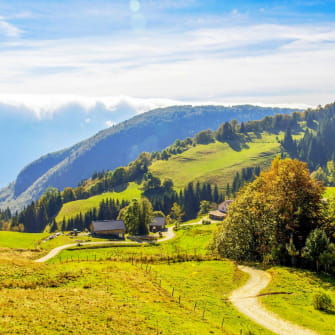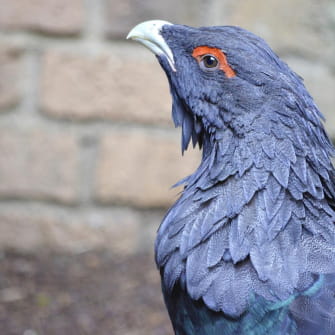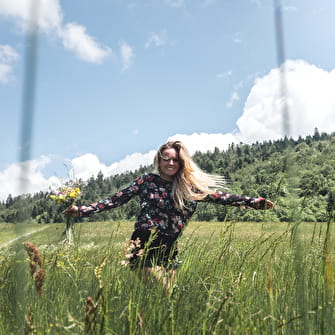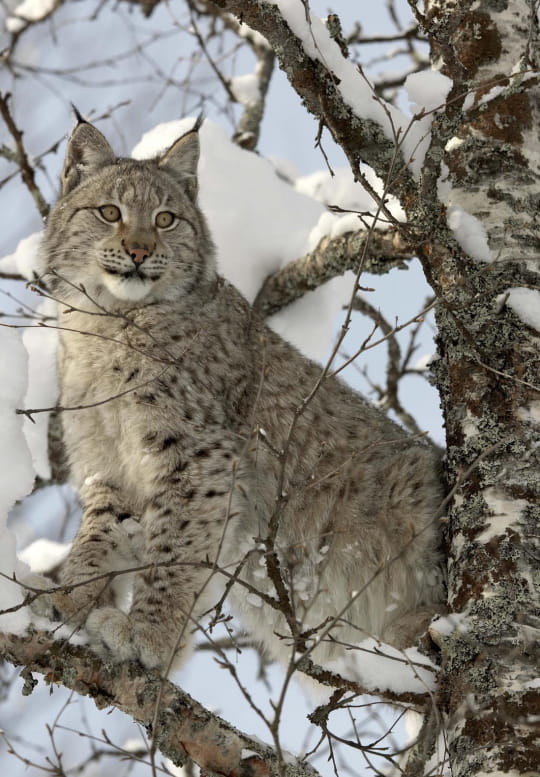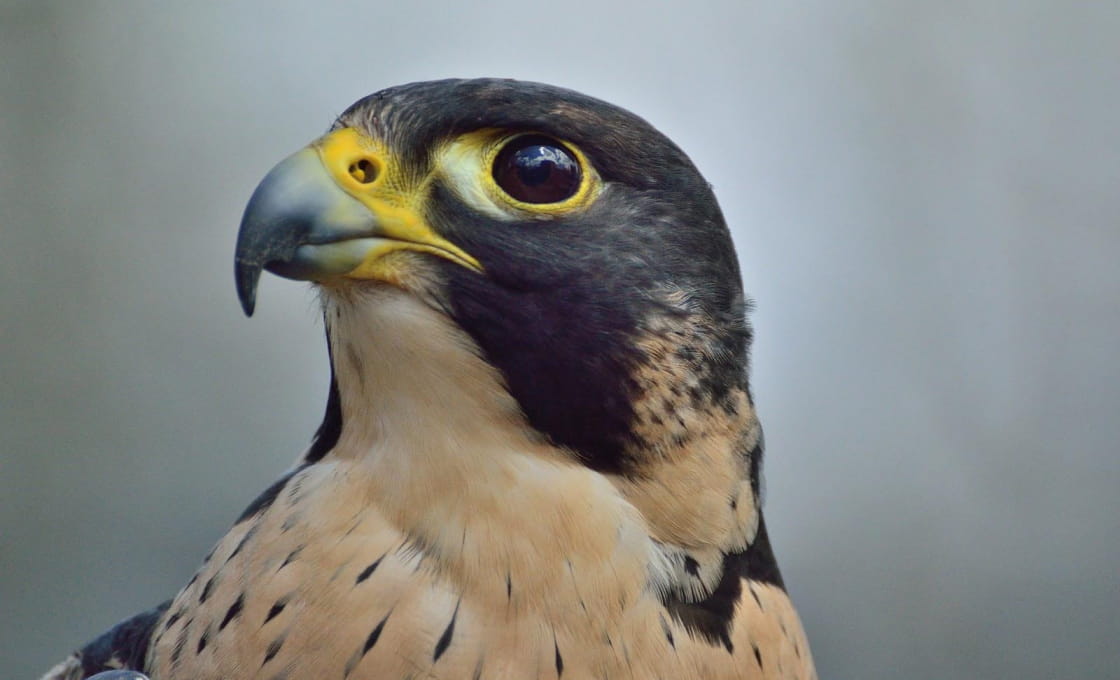Laurent Geslin, a professional photographer who specialises in subjects relating to the environment, has published a book entitled "Lynx, regards croisés". After 4 years spent in the Jura Mountains observing this discreet feline, he reveals some outstanding images of this predator in its natural habitat.
The Eurasian lynx
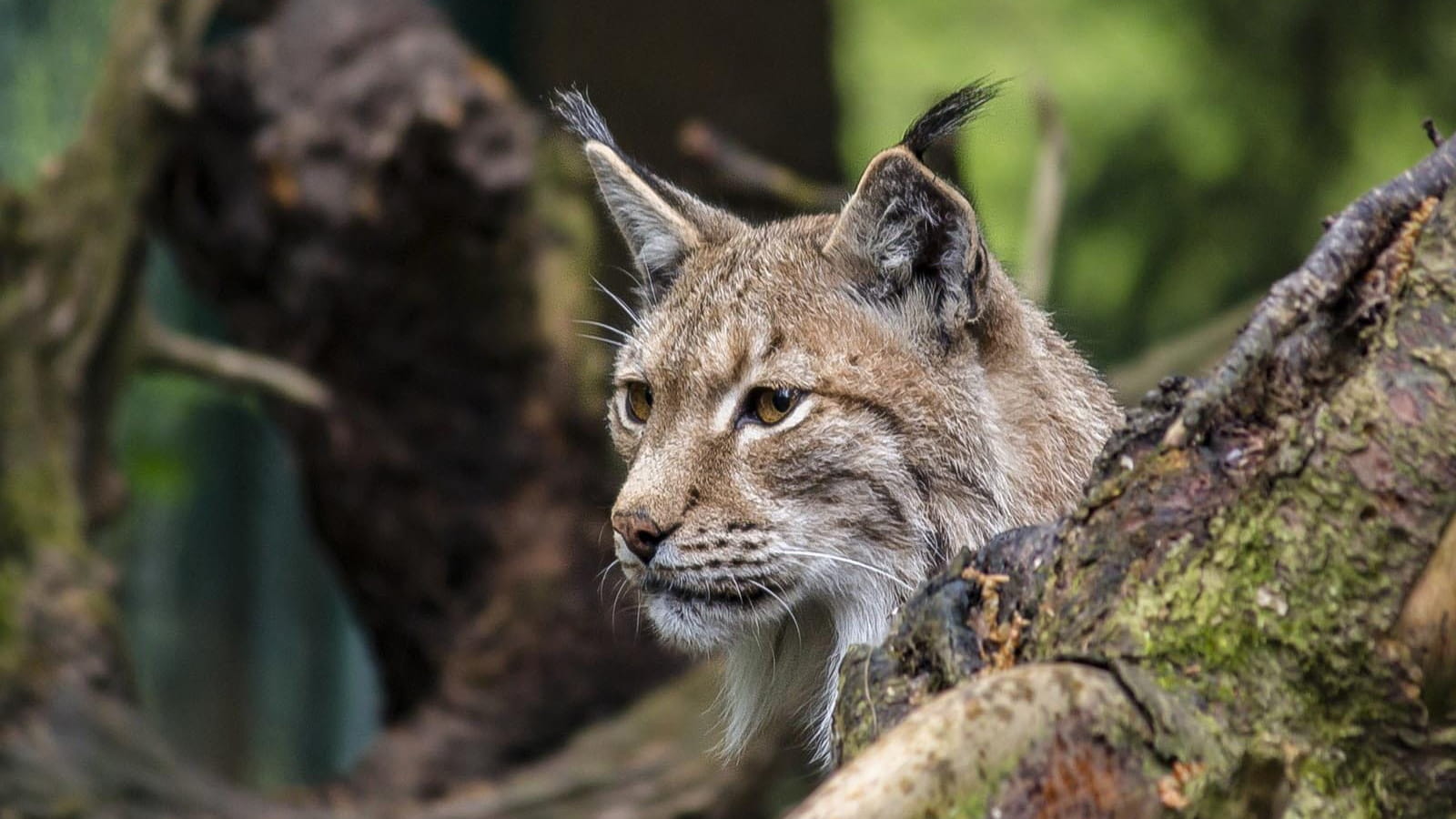
The Eurasian lynx is an iconic creature of the Jura Mountains where it has enjoyed their protection for many years. Find out more about this discreet animal that lives on the edge of the forest...
Discover the Eurasian lynx
Lynxes have populated the Jura Mountains for many years now.
This animal is an icon of our forests and a good indicator of the quality of this habitat.
The lynx is a shy animal and you'll be very lucky if you happen to see one. It particularly likes staying on the edge of the forest where it can go about its business without being disturbed.
It is a solitary animal and a predator that springs into action at dawn. Its territory stretches across a surface area ranging between 250 and, for the male, 800 square kilometres, depending on the species. It does, however, have certain neutral zones that all lynxes, male or female, can freely explore without the risk of conflict with other lynxes.
On the other hand, no lynx allows access to its own territory, which it demarcates with olfactory and visual markers such as very distinct claw marks on tree trunks, for example.
The photographer's angle
A protected species
In France, the Eurasian lynx can be found in the plains and mountains of Jura, the Vosges and the Alps. It disappeared completely in the 20th century before making a comeback. In 2019, it was added to the IUCN red list of endangered species.
The Eurasian lynx has been fully protected here since 17th April 1981, when a ministerial decree was passed relating to protected mammals across France. The main threats to the lynx are road traffic and poachers. Hence, it is forbidden to kill, harm or disturb a lynx.
The Athénas Centre at the heart of wildlife protection, lynx included
The role of the Athénas Centre in Jura is to take in and treat wild animals before setting them free again. Since its creation, this association has actively strived to protect the lynxes of Jura. In total, the centre has taken in 36 lynxes, of which 11 have been returned to the wild.
The annual "Open Day" hosted by the centre gives you an opportunity to find out more about their actions and to be present for the moving moment when the animals (mainly birds) are released.
This should appeal to you
